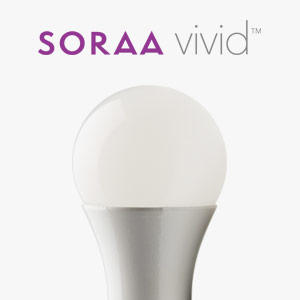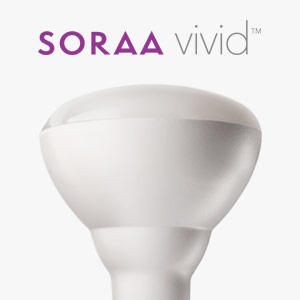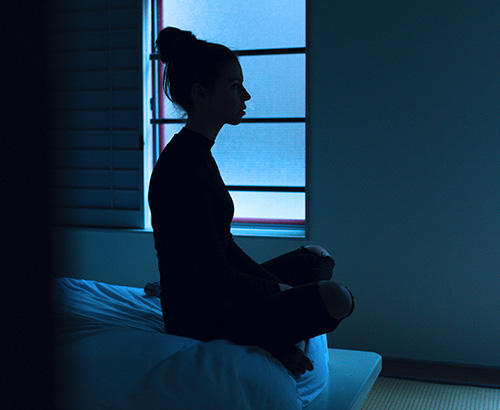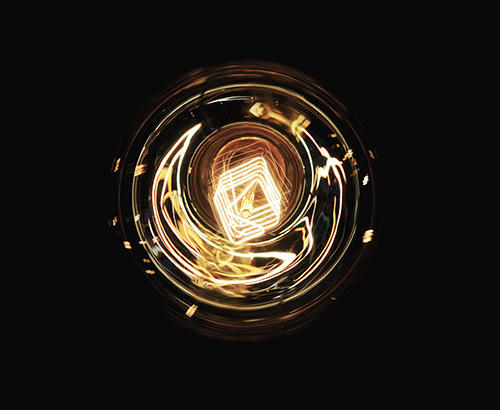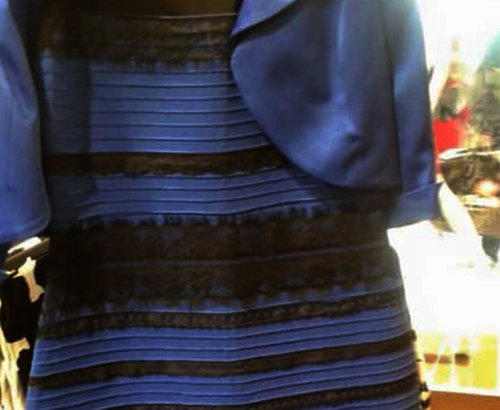I like this
In the last entry, I explained the meaning of various TM-30 metrics and how lighting users can get guidance from these. However, TM-30 is also useful for other actors in the lighting world, including manufacturers themselves. The design of a light source often comes down to trade-offs – for instance, we may decide to prioritize lumens or color rendition. It is crucial that the metrics we use to evaluate these trade-offs be as accurate as possible, so that we optimize valuable product qualities rather than some abstract numbers. Today I’d like to show how such trade-offs can guide the design of a product, with the example of SORAA’s flagship Vivid line.
Vivid strives to render whites and colors naturally – just like they would appear under a natural source with the same CCT (halogen, sunlight…). SORAA’s full spectrum technology combines a violet pump and three phosphors, which naturally yields smoothly-varying spectra. By carefully balancing these, we can closely approximate the spectrum of natural light, as shown on Fig. 1. This leads to natural colors, measured by a high value of the TM-30 fidelity index Rf: we can for instance reach Rf = 95 with the proper spectrum.
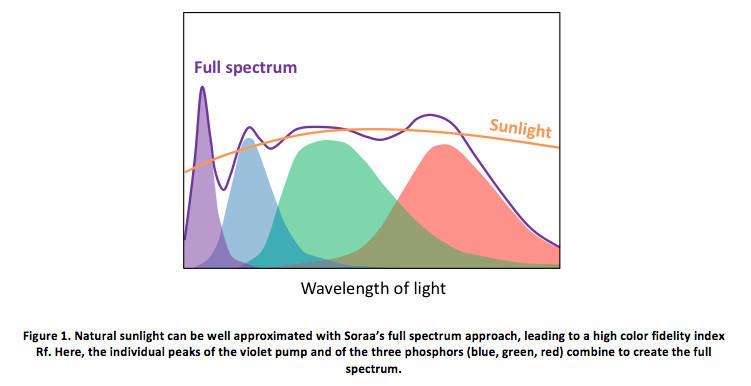
However, doing so leaves behind the crucial question of whites rendering. Why are whites different from colors? That is because many white materials contain so-called whitening agents; these absorb ultraviolet light and re-emit blue light, which our vision system perceives as a whiteness enhancement. Whitening agents are ubiquitous: they are found in many manufactured white materials (fabrics, papers, plastics…) and are naturally present in our teeth. But if we all like the bright whites rendered by natural light, we don’t like the harmful UV radiation that enables it. Standard LED products, of course, avoid UV emission – but this means they don’t excite whitening agents, making white objects look yellowish and dingy.
SORAA has figured out an elegant solution to this problem: it turns out whitening agents can also be excited by harmless violet light with a carefully-chosen wavelength. Thus, the trick we play to render natural whites is to replace UV with the right amount of violet light: whitening agents are then excited as they would be under natural light, as shown on Fig. 2.
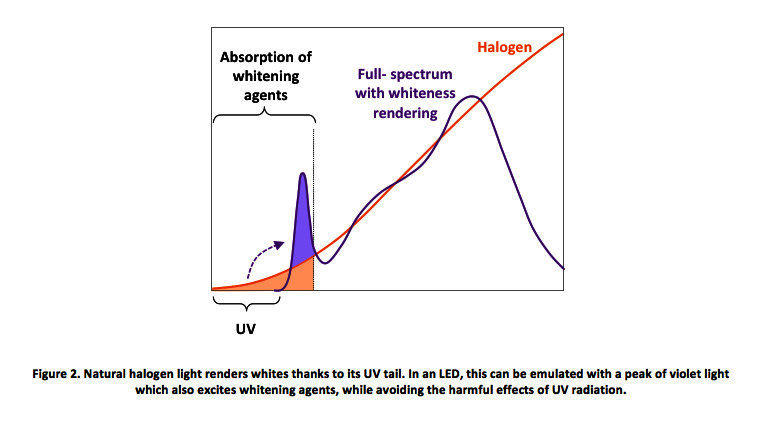
How do we put a number on this effect? Somewhat surprisingly, there is no standardized answer to this. This is in part because most of the lighting industry, which uses blue-pump LEDs and has no way to address whiteness, has been totally oblivious to this question. And, to be clear, color-rendition metrics (including CRI and TM-30) say nothing about whites rendering – which means that a source may have a very high Rf value but terrible whites rendering. Luckily, the underlying color science is fairly well understood, and it is possible to derive a metric which, in analogy with the color index Rf, measures the rendering of white objects. Based on internal research and academic collaborations, SORAA has done just that and created the whiteness rendering metric Rw. As you may expect, Rw is about 100 for natural light.
And this is where the trade-off I promised you reveals itself. To get the best color fidelity we should approximate the shape of the natural spectrum as much as possible – but to get the best white fidelity without UV, we must add some violet light to the spectrum, which then departs from its natural shape! In short, we are facing a competition between the rendering of colors and whites. This is where having accurate metrics is crucial, because we want to optimize this trade-off as thoroughly as possible!
Armed with guidance from Rf and Rw, we designed Vivid’s spectrum to get the best of both worlds – this was achieved by tuning the wavelength and intensity of the violet and phosphor spectra. To do a better job, we also paid particular attention to another TM-30 index, called Rfh1, which measures red rendering and is the modern equivalent of the CRI R9 (it brings some improvements, which would be fodder for further discussion). Indeed, the rendering of reds is very important to our perception – Rfh1 matters just as much as Rf, and maybe even more.
As a result, Vivid delivers very high values in all metrics: Rf = 91, Rfh1 = 95 and Rw = 100. It is very fortunate that this specific trade-off can be optimized while not giving up significantly on any aspect. As a comparison, consider an LED source which would be ‘naively’ optimized for colors only: the color fidelity could reach Rf = 95, but the white fidelity would drop to Rw = 0. If this example sounds too dramatic, I’ll remind you that it corresponds to every high-CRI blue-pump LED, which are the vast majority of the products on the market… As anybody who has seen a white shirt under a Vivid lamp and under a competitor LED will attest, the difference is striking!
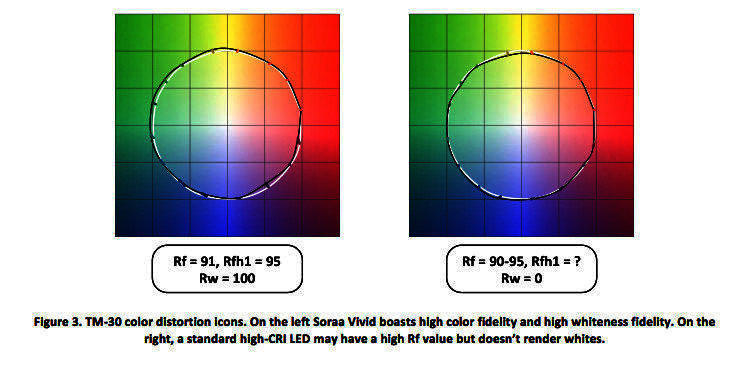
I hope this story brings home a few points. First, the design of a light source is a skillful task that mixes engineering and subjective judgement calls. Second, accurate metrics do matter because they are the design tool we use to help make these calls. And third, don’t pay attention to just one metric, but rather to the variety of indicators which will be relevant to your application – in today’s example, the fidelity of colors overall, red tones and whites.

